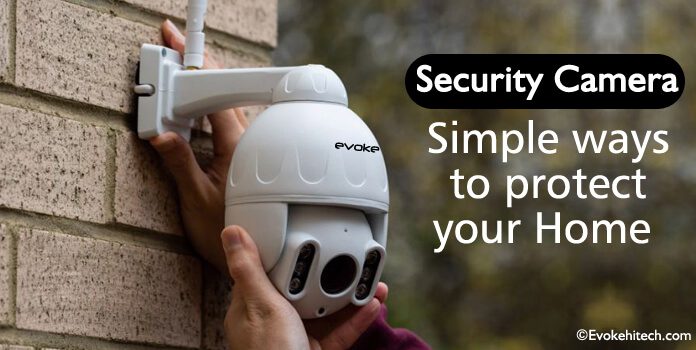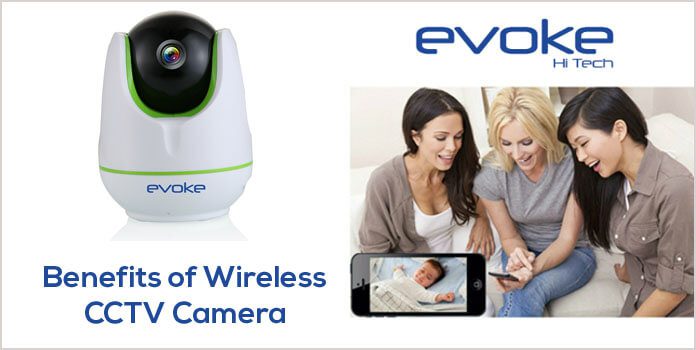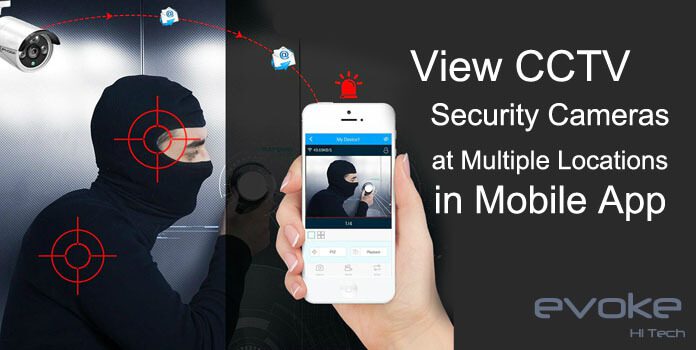Protecting your home is of utmost importance to ensure the safety and security of your family and belongings. One effective way to enhance home security is by installing a home security camera system. These cameras act as a deterrent to potential burglars and provide you with valuable evidence in case of any untoward incidents. In this guide, we will discuss simple ways to protect your home using security cameras, covering the key aspects of installation, placement, maintenance, and privacy concerns.
Assess your Needs: Start by evaluating your specific security requirements. Determine the areas you want to monitor, such as entrances, windows, driveways, or backyard. This analysis will help you choose the right type and number of security cameras.
Choose the Right Camera Type: Security cameras come in various types, including wired, wireless, indoor, and outdoor. Wired cameras offer stable connections but require professional installation, while wireless cameras are easy to install but may have connectivity issues. Outdoor cameras should be weatherproof and designed to withstand harsh conditions.
Optimize Camera Placement: Proper camera placement is crucial for effective surveillance. Install cameras at entry points, covering front and back doors, as well as ground-level windows. Position cameras at a height that captures the face of intruders, usually around 7-9 feet. Ensure the cameras have a wide field of view and consider using pan-tilt-zoom (PTZ) cameras for comprehensive coverage.
Install Cameras Strategically: Mount cameras out of reach to prevent tampering. Conceal cables and power sources to make them less vulnerable to sabotage. Consider using dummy cameras in visible locations to deter potential criminals.
Utilize smart features: Many modern security cameras offer advanced features. Invest in cameras with motion detection, night vision, and two-way audio capabilities. Motion detection will trigger recording and alert you to any suspicious activity. Night vision ensures clear footage in low-light conditions, and two-way audio allows you to communicate remotely.
Secure your Camera System: Protect your camera system from unauthorized access. Change default passwords and use strong, unique passwords for each camera. Regularly update camera firmware to patch security vulnerabilities. Enable encryption and secure Wi-Fi networks to prevent unauthorized access to camera feeds.
Set up Remote Monitoring: Enable remote access to your camera system through a smartphone, tablet, or computer. This allows you to monitor your home in real-time, receive alerts, and review recorded footage from anywhere. Choose a secure and reputable app or software for remote viewing.
Maintain and test your cameras: Regularly clean camera lenses to ensure clear images. Check camera angles and adjust if necessary. Test camera functionality and video recording regularly to ensure they are working properly. Replace batteries in wireless cameras as needed.
Store Footage Securely: Determine how long you want to retain recorded footage. Backup important recordings to a secure location, such as a hard drive, cloud storage, or a Network Video Recorder (NVR). Ensure the storage solution is reliable and protected against unauthorized access.
Respect Privacy Concerns: Be mindful of the privacy of your family, neighbors, and visitors. Avoid placing cameras in private areas like bedrooms or bathrooms. Familiarize yourself with local laws and regulations regarding video surveillance to ensure compliance.
In conclusion, a well-planned home security camera system can significantly enhance the safety of your home. By following these simple steps, you can deter potential intruders, monitor your property remotely, and provide valuable evidence in case of any security incidents. Remember to strike a balance between security and privacy to ensure a safe and respectful environment for everyone.




